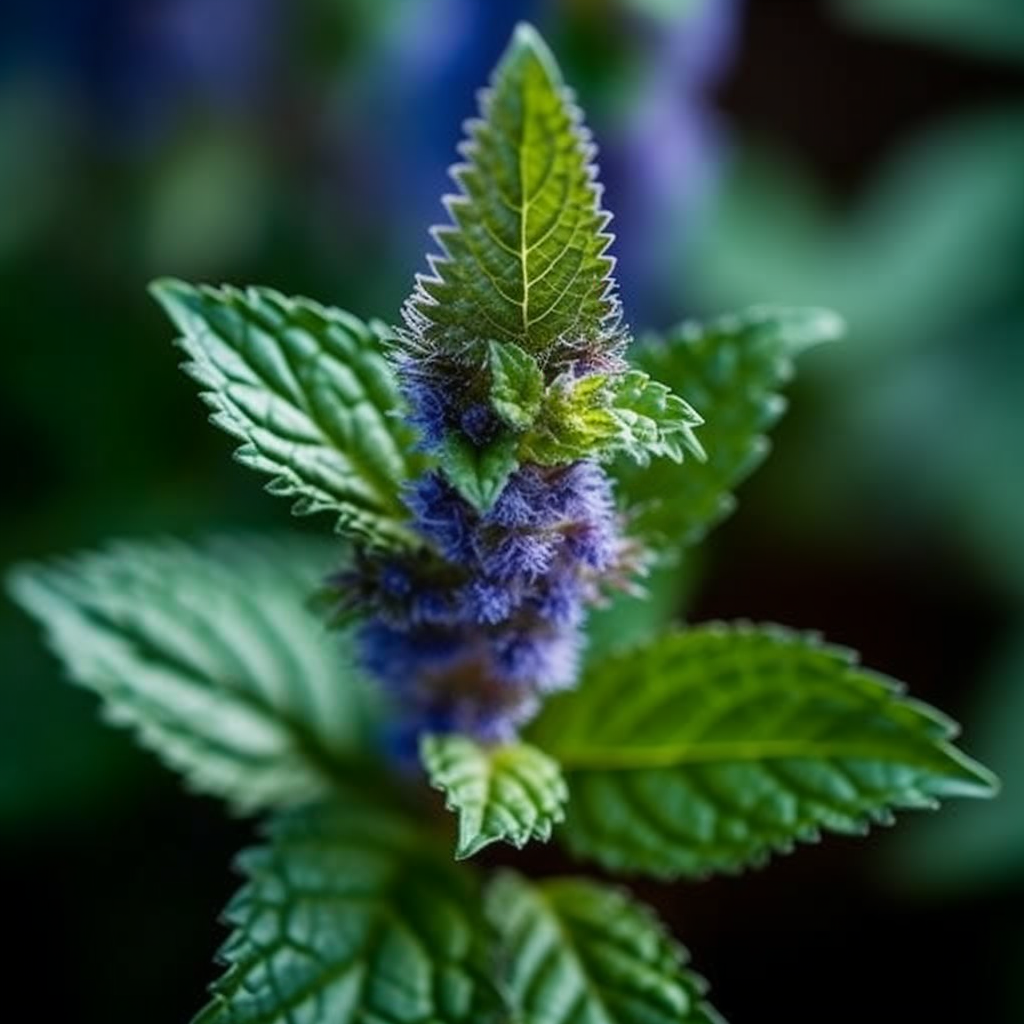Story of Day :
Contents
The Hilarious and Informative Guide to Hyssop Plant: Complete Care Tips
Hyssop plant, also called hyssopus officinalis, is a herbaceous plant that belongs to the mint family. It’s a versatile perennial herb that can be used for medicinal purposes or culinary functions. The hyssop plant has been around for centuries and has been used in different parts of the world as a remedy for various ailments.
Cheers! A Brief History of the Hyssop Plant
The name “hyssop” is derived from an ancient Hebrew word “ezob,” which means holy herb. In biblical times, the hyssop plant was used to sprinkle blood on doors during Passover in Jewish traditions (Exodus 12:22). People also believed that it could purify homes and heal respiratory issues.

In medieval times, European monks grew this plant in their monastery gardens because they believed it had healing properties for both spiritual and physical health. They also brewed hyssop tea to improve digestion.
Funny Facts about Hyssops
- The purple flowers of hyssops attract hummingbirds who mistake them for sugar water feeders; they’ll never leave!
- In England during the 16th century, people believed that planting a bed of hyssops under your window would keep witches away from your home.
- Hyssssooopp! The sound made when trying to pronounce this tricky name correctly three times as fast as you can!
Caring Tips for Your Precious Hysspooopp!

If you’re planning on growing hysspooooooppp (sorry, couldn’t resist) here are some tips:
Sunlight:
Hyssop plants grow best in full sunlight, but they can also thrive in partial shade.
Soil:
The soil should be well-draining and slightly alkaline with a pH of around 7.0. You can add lime to the soil if it’s too acidic.

Watering:
Hyssops are drought resistant and don’t require much water once established. However, make sure to water them occasionally during hot summer months.
Fertilizer:
You don’t need to fertilize hyssops often, but you can add some compost or organic fertilizer during springtime to boost growth.
Uses of Hyssop Plant

- Culinary purposes: The fresh leaves and flowers of hyssops have a strong minty aroma that is perfect for adding flavor to soups, stews, salads, marinades, dressings or as garnishes on dishes like lamb or fish. You can use it fresh or dry.
- Medicinal purposes: The essential oil extracted from the hyssop plant is used for medicinal purposes such as treating respiratory conditions like bronchitis & asthma due to its expectorant properties; improving digestion; reducing fever; boosting immunity; relieving anxiety & nervousness due to its calming effects on the body among others
- Garden aesthetics: The beautiful purple flowers of hyssops attract hummingbirds and butterflies making your garden lively and pretty!
In Conclusion
Growing hysspoooopp (okay sorry last time!) is easy once you know what it needs! With full sunlight exposure and good drainage soil conditions then add a little water from time to time, you can enjoy the beautiful flowers and harvest fresh leaves for your culinary delights! Not only that, but hyssops have also been used for centuries in traditional medicine as a natural remedy for various conditions. So go ahead and add this versatile plant to your garden or herbal collection!
